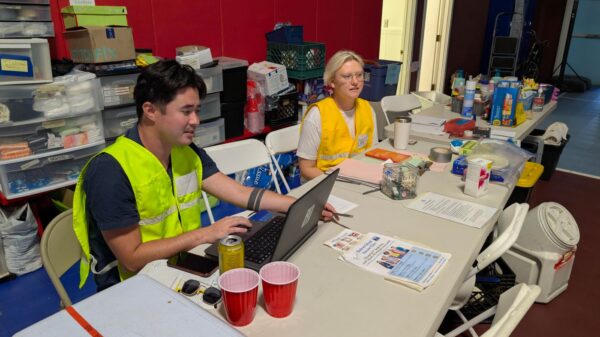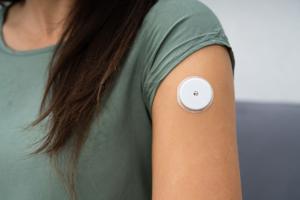Wearing a continuous glucose monitor (CGM) for a month provided significant insights into how diet directly influences blood sugar levels. This personal experiment, conducted by Sultan, revealed the immediate effects of food choices, particularly for individuals with a penchant for sweets and carbohydrates. The experience highlighted the stark reality of managing prediabetes, a condition that Sultan has been warned about by medical professionals for several years.
A continuous glucose monitor tracks blood sugar levels in real time, offering a detailed view of how various foods affect the body. For Sultan, this meant gaining firsthand knowledge of how meals influenced glucose spikes and dips throughout the day. The results were both enlightening and concerning, as they brought to light the challenges of maintaining stable blood sugar levels.
Understanding Blood Sugar and Its Impact
Many people may not grasp the significance of blood sugar monitoring until they experience it themselves. As Sultan discovered, certain foods can lead to sharp increases in glucose levels. For those with a sweet tooth and an affinity for carbohydrates, such as Sultan, it can be a wake-up call. The data collected over the month showed clear patterns, with sugary snacks causing more pronounced spikes compared to meals rich in fiber and protein.
Sultan’s doctor had consistently warned that he was approaching the prediabetic threshold. According to the Centers for Disease Control and Prevention (CDC), prediabetes affects approximately 88 million adults in the United States, putting them at heightened risk for type 2 diabetes. This statistic underscores the importance of proactive health measures and monitoring.
Lessons Learned from the Experience
Throughout the month, Sultan learned vital lessons about making healthier food choices. He observed that meals rich in whole grains, vegetables, and lean proteins led to more stable blood sugar levels. Conversely, high-sugar foods resulted in pronounced fluctuations, highlighting the need for balance and moderation.
The experience also emphasized the importance of portion control. Even healthy foods can contribute to elevated blood sugar levels if consumed in excess. Understanding the quantity of food in relation to its composition was crucial for Sultan as he navigated his dietary habits.
Monitoring blood sugar levels through a CGM provided a unique perspective on the relationship between diet and health. The continuous feedback allowed Sultan to make real-time adjustments to his eating habits, reinforcing the idea that awareness is key to managing prediabetes effectively.
The month-long endeavor with the continuous glucose monitor has prompted Sultan to take a more active role in his health. By recognizing how his food choices impact his blood sugar, he aims to adopt a more balanced diet moving forward, potentially averting the progression to type 2 diabetes. This experience may serve as a catalyst for others facing similar health challenges, encouraging them to explore the benefits of monitoring their own blood sugar levels.








































































